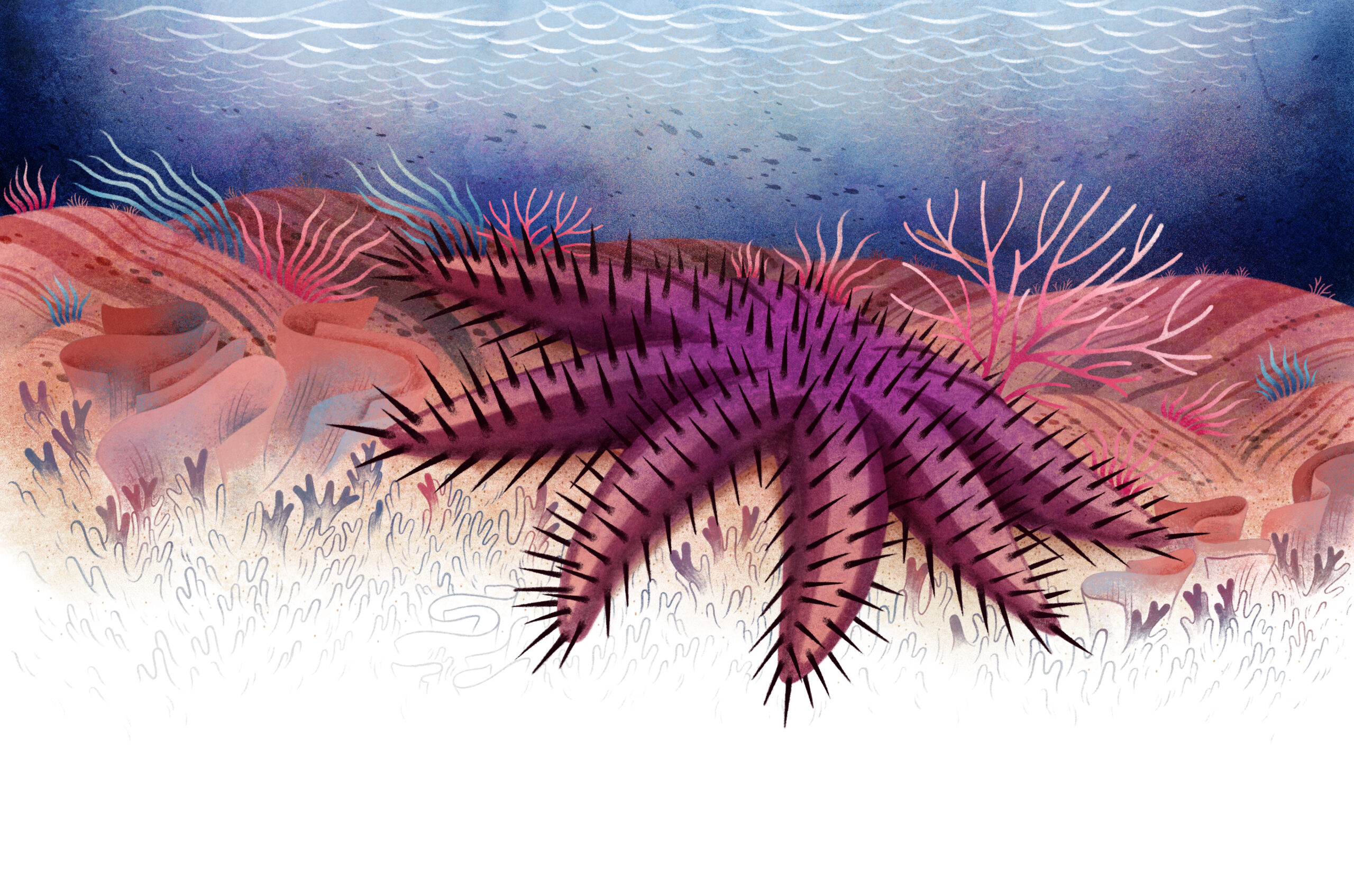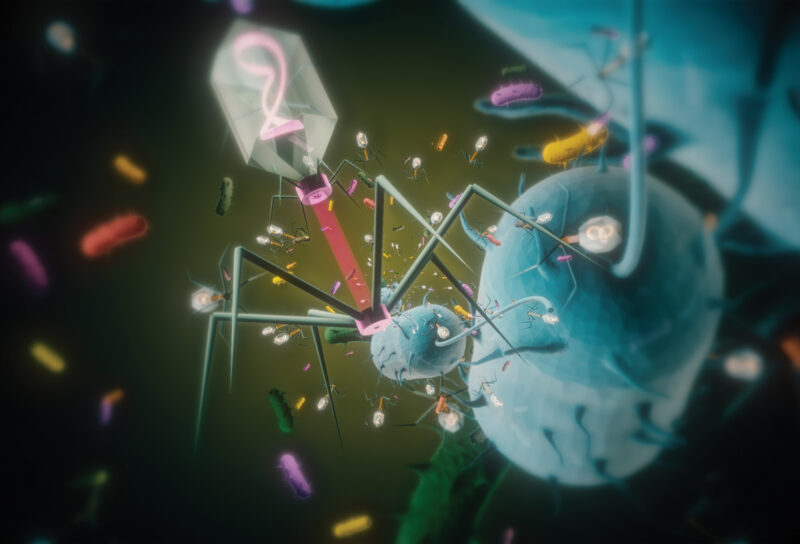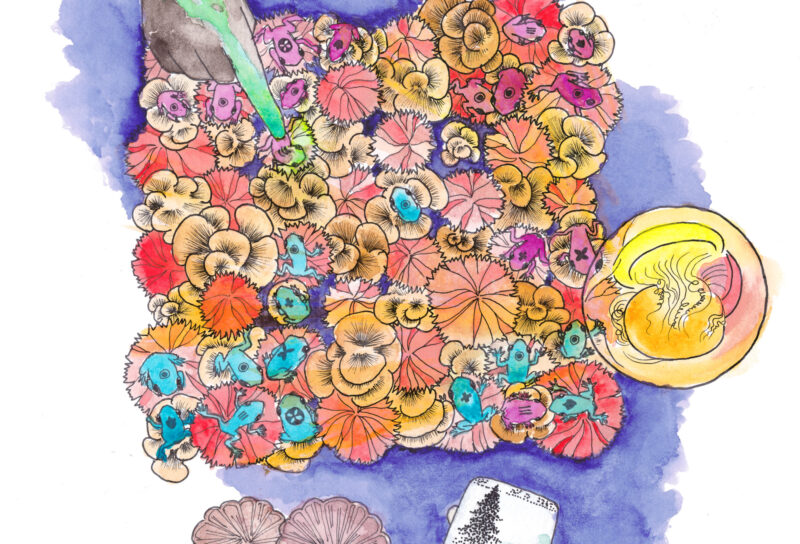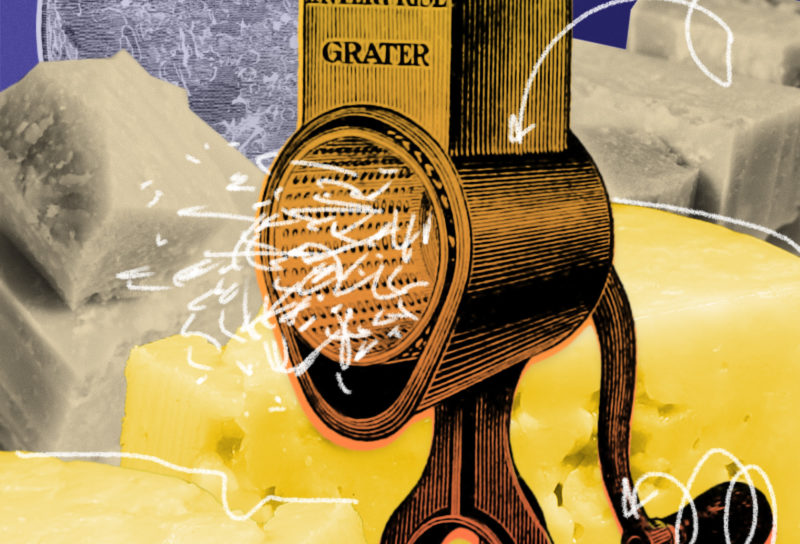Off the coast of American Samoa in the Pacific Ocean lives a beautiful coral reef that you call home. You are a soft-bodied polyp, a clone to all the polyps nearby, and you’re busy secreting a calcium casing to build a protective exoskeleton. A ring of rubbery tentacles protrudes from your head. Like a fist, you grab at any food that’s floating nearby as the lime green hue of your tentacles glows bright. You sense a royal purple and reddish blob in the distance and feel it might be heading towards you, and in one minute’s time it unmistakably is, covering 14 inches of ground while you can’t move at all.
The blob isn’t alone, either, but is one of several thousand crown of thorn starfish. Nearly touching you now, it extends a terrifying reach with two of its poisonous spiny arms, hooking itself onto the patch of coral where you reside. The starfish hoists itself over your mound, stabbing at your soft parts, as an undulating sheet of gooey membrane slowly slurps over your head. It’s only a matter of time until the starfish fully smothers you with its stomach lining, liquifying your tissues with digestive enzymes, only to absorb the mush that’s left.
This is one of many fronts in the ongoing decimation of the world’s coral reef population. On another more famous battlefield, warming waters are slowly but surely bleaching the rainbow of colors out of Australia’s Great Barrier Reef. Together, all these incursions point unmistakably to the looming extinction of this most valuable species. If nothing gives, one of the most biodiverse ecosystems on the planet will be lost, as well as a lifeline to the more than half a billion people living in coastal communities. Luckily, something does seem to be giving. In recent years, biotechnologically-inspired scientists have devised promising new synthetic biology approaches to the crisis. They pose a crucial question: having engineered ourselves and our ecosystems into a dire situation, can we engineer our way out of it again? And is that kind of intervention even desirable?
What to Do?
The time pressure is considerable. The Intergovernmental Panel on Climate Change warns that virtually all coral reefs will be lost at 2 degrees Celsius of warming, while we may be able to limit their loss to only 70-90% of existing reefs if we manage to cap our warming at 1.5 degrees. Either outcome would be disastrous. While reefs occupy less than 0.1% of the world’s oceans, they are home to 25% of marine species, and are vital to the wellbeing of coastal communities. In rumpus weather, they protect coastlines from storm surges and wave erosion. Aside from attracting tourism with their bright colors, they are spawning and nursing grounds for many species of fish. Half a billion people currently rely on reef fish for food and the livelihoods of another thirty million people are intrinsically tied up with their health. What can we do to protect them?
Some of the boldest solutions to this catastrophe come courtesy of the burgeoning cooperation between synthetic biology and conservation biology communities. In our current ecological crisis, where existential threats are more pronounced and our biotechnological tools are more sophisticated than ever, the pairing of these disciplines has generated a lot of new thinking around how we ought to try and intervene in nature.
Though far from uncontroversial, these synbio approaches to conservation may one day offer powerful applications to alleviate this crisis: synthetic alternatives to wildlife products, increased biodiversity in depauperate populations, facilitated adaptation of species to climate change, recreated proxies of extinct keystone species to fill ecosystem roles that have been vacated, disease resistance, and the control of native or invasive pests. We are at the dawn of a new era, and measured risks will need to be taken if any of these applications are to eventually work.
Calming Down the Corals
Climate change threatens corals in a number of ways. When water temperatures become too warm, the colorful photosynthetic organisms that live in coral tissue (and provide them food) get released. This rids the corals of their enchanting pigments, as well as their main nutrient source, leaving them to starve as bony white skeletons. Two-thirds of the Great Barrier Reef has already been “bleached” this way.
Meanwhile, as the oceans absorb more carbon dioxide from our warming atmosphere, it reacts with H2O to produce carbonic acid, which further acidifies the waters. Corals are very pH sensitive, and acidifying waters make it difficult for them to grow and excrete their stony exoskeletons. In light of these threats, conservationists are desperate for anything that might help, which is why some are now seeking out biotech interventions that would have seemed too risky in the past.
Coral scientists Steve Palumbi of Stanford University and Dan Barshis of Old Dominion University are on the hunt for the holy grail of coral conservation—the genes that determine a coral’s sensitivity to bleaching. These genes predict whether a coral “freaks out” in warming waters. Locating those genetic markers could help scientists design interventions to better conserve the reefs.
A few years ago, the duo worked with corals from a back-reef lagoon in American Samoa, where the water heats up intensely during low tides, as high as 95 degrees Fahrenheit (enough to kill most corals) before cooling when the tide comes back in. Like a muscle that gets worked out intensely followed by periods of relaxation, the researchers found that high temperature intervals build the corals’ resistance to these heat waves.
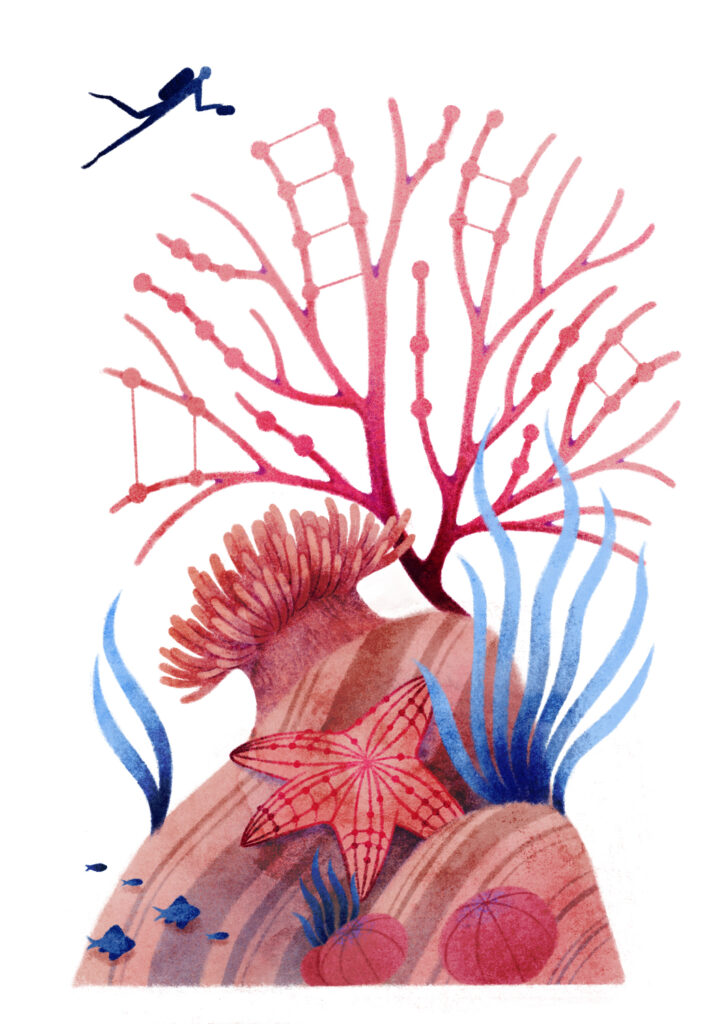
Hundreds of genes are expressed differently by heat sensitive and resilient corals when bleaching is simulated in the lab, but under normal conditions the resilient corals have higher expression in about sixty of their genes. These sixty genes produce helpful compounds in the heat-resistant corals such as heat shock proteins, antioxidant enzymes, and a variety of immune responses. During heat stress, they already have the helpful gene products on hand. This gives them an advantage: they don’t have to work as hard as sensitive corals do to make new life-saving proteins. Scientists are studying the molecular basis of this resistance so that they can breed, outcrop and perhaps eventually genetically engineer corals that have a better chance at survival as climate change roars on.
Engineering Starfish
The crown-of-thorn starfish irruptions that decimate coral reefs are another side effect of climate change. Though the process is not completely understood, scientists believe that the starfish multiply meteorically where waters get warmer and there are high levels of nutrient pollution. A single starfish can do a dinner-plate size worth of damage to a coral in a single day. During an irruption, these native predators of the Indo-Pacific waters have been found to cause up to forty-two percent of Great-Barrier Reef coral cover loss. Irruptions occur when tens of thousands of starfish are born from comparatively few in a short time, making them an incredibly difficult pest to control.
The current prevention method is a case in point. In an effort to protect the corals, divers are being sent out to kill the starfish by hand, injecting twenty or so milliliters of vinegar into their “shoulder” area, picking them off one by one. Sometimes divers manage to kill thousands in a week this way, but the method isn’t efficient enough to secure the safety of the reefs.
Hoping to manage these irruptions more systematically, scientists have started looking to biotech for new ideas. One proposed solution is called “repressible lethal.” This involves engineering the starfish genome to express a usually-suppressed toxic gene. When these engineered starfish mature and mate with wild starfish, their offspring dies. Performed on a wide enough scale, this approach could dial down irruptions far beyond the current purview of hand-administered vinegar injections.
Meddling with Nature
Critics warn that altering natural systems is a slippery slope. Some say that engineering corals for traits like heat or acidification resistance might lead to a genetic bottleneck that makes them increasingly vulnerable to a single event that could wipe them all out. Even Dan Barshis, who is searching for the genomic triggers to their bleaching, says “we are throwing to the wind a lot of precautionary tales about these systems.” He worries that genetically engineering corals to be climate change resistant may come back to bite us in the form of new invasive species. He’d like to see us better understand the various algae, fungi, viruses and other microbes that live in coral reefs before we pursue these visions.
Having engineered ourselves and our ecosystems into a dire situation, can we engineer our way out of it again?
But Tom Maloney, Director of Conservation at biodiversity non-profit Revive & Restore, doesn’t think the risks necessarily outweigh the possible benefits. Maloney says that corals occupy a conceptual space where scientists have the most readiness to try a synthetic biology intervention. “Based on conversations we had with many coral scientists during the Ocean Genomics Horizon Scan, the sense in the community is that the scale, severity and frequency of bleaching events are all accelerating too fast for corals to adapt in situ….This leads one to examining the possibilities for engineering.”
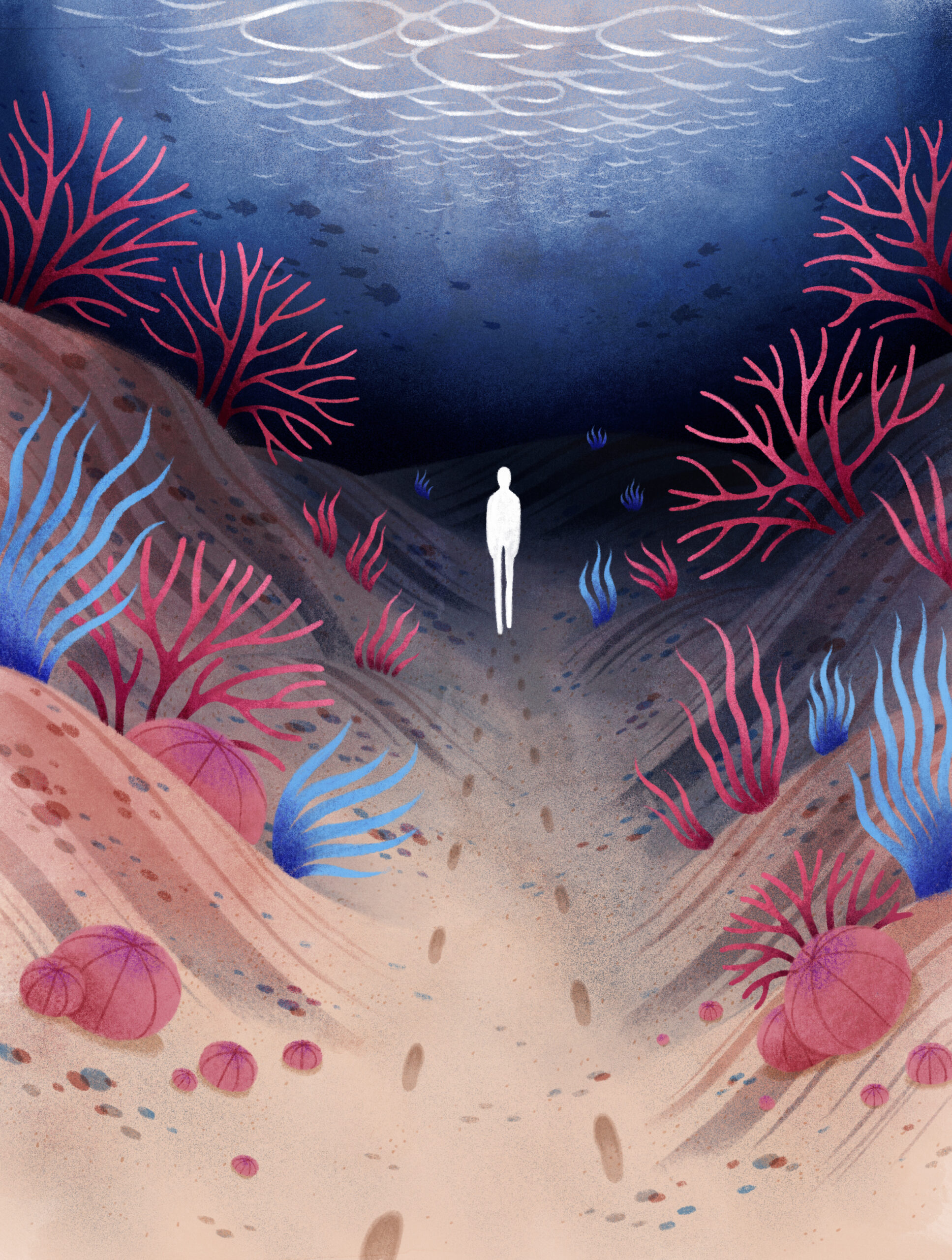
The Choice
In our biodiversity crisis era, nature is changing at a dramatic rate, assuming an entirely new state. When the threat of ecosystem collapse is this severe, being too precious about how we try and help may come at a steep price. The reality is that corals could go extinct within the coming decades, a whole magical underwater world just gone. In response, we need to expand our concept of nature and our role within it, learning to see ourselves as shepherds and gardeners of dwindling non-human life. Our ability to enjoy a flourishing sense of nature may depend on us getting this right.
New technologies give us great insights into how nature is changing and offer us ways to try and move the dial. This is an opportunity to cultivate another kind of nature through specific interventions, but also by evolving a new mindset to fit the times. We must understand the tough decisions we are facing. In some cases, as with corals, we are nearing the brink and we need to start acting like it. Which would you rather have: a vast, vacated underwater architecture of greyscale where there used to be technicolor landscapes teeming with life, or a conservation culture where we take some well-informed risks and see what happens along the way?
